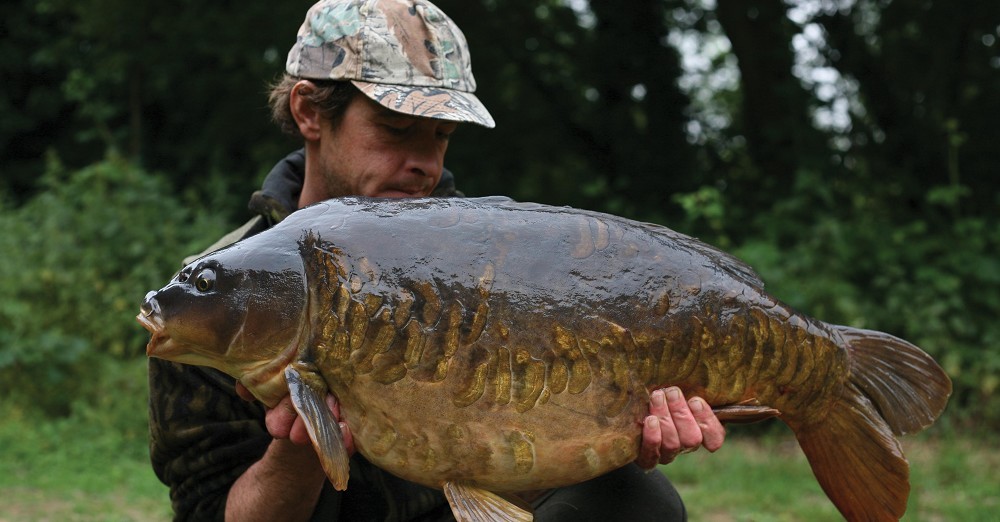
Are showing fish, feeding fish?
Terry Hearn's Rotary Letter Extension...
Question
When fish show and the way fish show has always interested me. I have spent many frustrating days fishing when I’ve had fish after fish show right over the top of my rigs and I simply cannot buy a bite. I’m pretty sure that every carp angler has had this at least once or twice. The more I think about it, the more I can understand that a showing fish isn’t always a feeding fish, but how can you tell if you haven’t got a rig in the water? I don’t know the answer but maybe another Rotarian can further my point.
I remember the start of the season on Kingsmead, I had fish after fish showing right over the top of my rigs, they had been doing it for hours, so it was time to change my approach. I fished Zigs at different depths and different colours but still nothing. It does make you wonder what they are doing. Is there a fly hatch? Are they attempting to clean themselves? Feeding on naturals? Or just having fun throwing themselves out of the water? Jack Funnell
Like Jack says, I think we’ve all been in situations where the fish are showing all over our rigs yet it’s difficult to get a take. I still believe that most of the time active fish are catchable fish, it’s just that we might not have got things quite right. Maybe it’s a bit on the weedy side and so our presentation isn’t as good as we might think, or maybe a different bait would make a difference. Or, as Jack has already said, maybe we might need to come up in the water with Zigs, and we all know the difference that changing from, let’s say a 12lb mono hooklink with a size 8 hook, down to a 10lb hooklink with a size 10 can make, or changing from a trimmed pop-up to a bug. Even then there are days when one colour will out-fish another colour ten-to-one.
A lot of the time it just means we might need to adapt to the situation, but for sure I’d also agree that there are occasions when the carp just seem to be playing, almost a pre-feeding display. I think Jack already answered his question when he suggested that they might well be having fun, or ridding themselves of leeches, or that they’re heavily preoccupied on a natural fly hatch. Whatever the reason, I still maintain that active fish are nearly always catchable fish, maybe not as catchable as they can be but still catchable nevertheless, unless of course they’ve got something else on their minds like spawning.
I can think of plenty of occasions where in the days running up to spawning they’ve become really active, not actually doing it but still charging around the margins, uninterested in stopping for anything.
Dinton was one place where I often noticed that, in relation to how active they were over the baits, it often took longer than usual to get a take. I might have had just a kilo or so of 15mm baits scattered around the rigs and they’d be showing over them from first light, yet it wouldn’t be until the activity had virtually died a death that one of the rods would eventually receive a take, often as late as 10 or 11am. Other places with a similar amount of freebies and if anything a smaller stock of carp, it’s almost as though the hookbait has been the first to go. No sooner have I seen the first signs of activity than one of the buzzers has burst into life.
It would be difficult for any of us to give one simple answer to this subject, as like so much in carp fishing there isn’t one answer which fits every water and every set of circumstances at all times of the year. Type of bait, amount of bait, rigs, tactics, water quality, weather conditions, timing… there are so many things which have an influence. That’s one reason why carp fishing is so blooming addictive, it keeps us thinking about it even when we’re not there!




